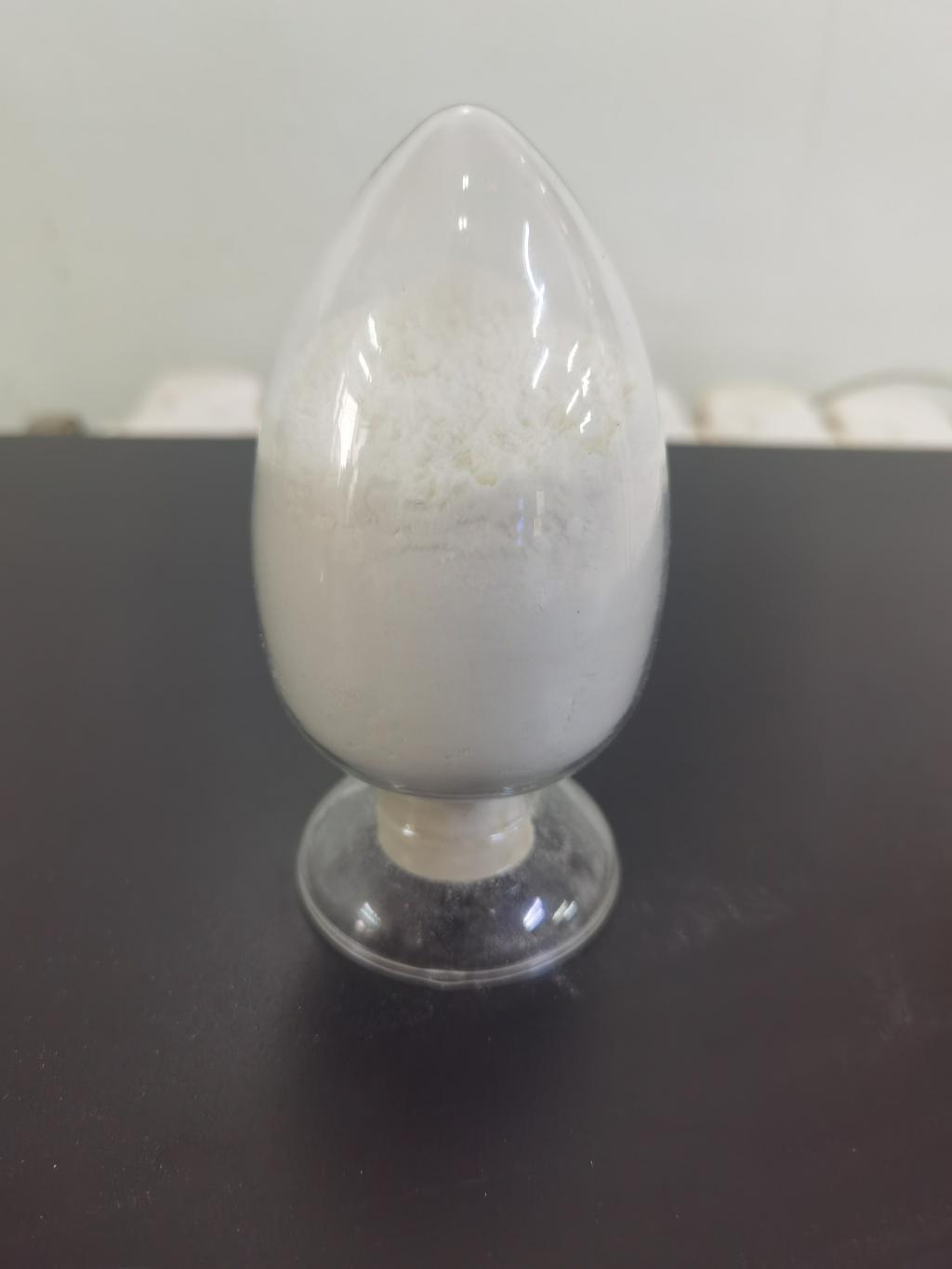Tel:+8618231198596

News
 CONTACT
CONTACT
 CONTACT
CONTACT
- Linkman:Linda Yao
- Tel: +8618231198596
- Email:linda.yao@dcpharma.cn
- Linkman:CHARLES.WANG
- Department:Overseas
- Tel: 0086 0311-85537378 0086 0311-85539701
News
Current Position:
Home >
News
>ε-Polylysine hydrochloride is effective against a wide range of microorganisms.
ε-Polylysine hydrochloride is effective against a wide range of microorganisms.
TIME:2024-03-25
Understanding ε-Polylysine Hydrochloride: Origins and Properties
ε-Polylysine is a cationic homopolymer of L-lysine residues linked by ε-amino bonds, typically derived from fermentation processes using bacteria such as Streptomyces albulus. When hydrochloride groups are added to ε-Polylysine, it forms ε-Polylysine hydrochloride, which is more water-soluble and stable, enhancing its usability in various applications. With a linear structure and positive charge, ε-Polylysine hydrochloride exhibits strong antimicrobial activity against a wide range of microorganisms, including bacteria, yeasts, and molds.
Mechanisms of Action
The antimicrobial action of ε-Polylysine hydrochloride primarily stems from its interaction with microbial cell membranes. Due to its positive charge, ε-Polylysine hydrochloride binds to negatively charged components on the surface of microbial cells, disrupting membrane integrity and permeability. This disruption leads to leakage of cellular contents, inhibition of essential cellular processes, and ultimately cell death. Additionally, ε-Polylysine hydrochloride may interfere with microbial DNA and protein synthesis, further enhancing its antimicrobial efficacy.
Applications in Various Industries
The broad spectrum of antimicrobial activity exhibited by ε-Polylysine hydrochloride makes it suitable for a wide range of applications across different industries. In the food industry, ε-Polylysine hydrochloride is utilized as a preservative to inhibit the growth of spoilage organisms and foodborne pathogens in various products, including dairy, meat, seafood, and baked goods. Its effectiveness in controlling microbial growth allows for the extension of shelf life and maintenance of food quality. Moreover, ε-Polylysine hydrochloride finds applications in pharmaceuticals, cosmetics, and personal care products, where it serves as a preservative to prevent microbial contamination and ensure product safety and stability.
Regulatory Status and Safety Considerations
In many countries, ε-Polylysine hydrochloride is approved for use as a food additive with Generally Recognized as Safe (GRAS) status. Regulatory agencies such as the U.S. Food and Drug Administration (FDA) and the European Food Safety Authority (EFSA) have evaluated its safety profile and established acceptable intake levels for various food categories. However, adherence to regulatory requirements, including maximum residue limits and labeling regulations, is essential to ensure the safe and responsible use of ε-Polylysine hydrochloride in food and other applications.
Future Prospects and Emerging Trends
As the demand for natural and effective antimicrobial agents continues to grow, ε-Polylysine hydrochloride is poised to play an increasingly significant role in various industries. Ongoing research and development efforts aim to enhance its efficacy, stability, and compatibility with different formulations and applications. Additionally, advancements in biotechnology may enable the production of ε-Polylysine hydrochloride through sustainable and cost-effective methods, further expanding its accessibility and utility in diverse sectors.
Conclusion
ε-Polylysine hydrochloride emerges as a potent and versatile antimicrobial agent with broad applications across multiple industries. Its effectiveness against a wide range of microorganisms, coupled with its natural origin and safety profile, positions it as a valuable tool for preserving food quality, ensuring product safety, and promoting public health. By harnessing the power of ε-Polylysine hydrochloride, industries can address microbial challenges while meeting regulatory requirements and consumer preferences for safe and sustainable products. As research and innovation continue to drive advancements in antimicrobial technology, ε-Polylysine hydrochloride remains at the forefront of the quest for effective and environmentally responsible solutions against microbial threats.
- Tel:+8618231198596
- Whatsapp:18231198596
- Chat With Skype







